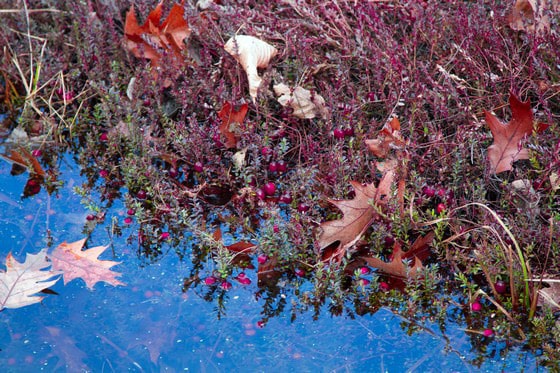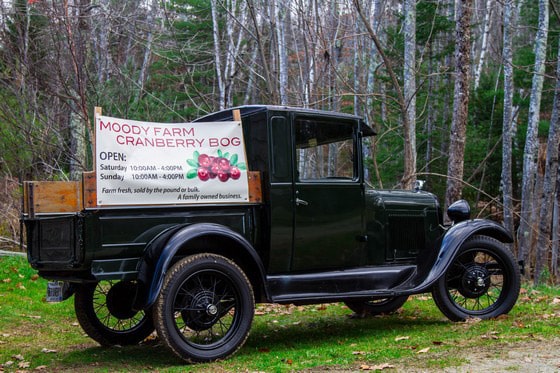How to Plant a Cranberry Bed
Cranberries were first discovered in New England by Native Americans centuries ago. The berries were used for food, fabric dye and medicinal purposes. Today cranberries are one of the top three native fruit crops harvested in New England. High in vitamin C and loaded with antioxidants, cranberries are a beneficial and relatively easy fruit to […]

Cranberry Bush
Photo Credit : Shelley Alley
Photo Credit : Shelley Alley

Photo Credit : Shelley Alley
Instructions to Plant a Cranberry Bed
Materials to Plant a Cranberry Bed
- Shovel
- 1 lb. of peat moss
- ½ lb. of bone meal
- One year old cranberry cuttings or small plants. These may be purchased from greenhouses or divided from larger cranberry beds.
How to Plant a Cranberry Bed
- Clear an area 2-4 feet in length and width and 6-8 inches deep. Set the soil aside for later use.
- Mix approximately a pound of peat moss and a ½ pound of bone meal together and put it in the bottom of the hole.
- Wet the entire open bed and then place the cranberry plants in the bed. Do not over-saturate the soil with water. Space plants approximately 8 inches apart.
- Cover the exposed roots with the soil that was removed from digging the bed.
- Water the plants frequently until the first deep frost. Cranberry leaves are evergreen and can dry out completely and die if the ground freezes and there is not enough moisture in the medium. Do not flood or saturate the plants.
- Before the first expected deep frost, Cover the bed with mulch or pine needles.
- Remove mulch in the spring after the danger of a frost has passed and keep the plants moist. Berries may or may not appear the first year or two. The bushes are alive and healthy though, and eventually the fruit will appear.

Moody Farm Cranberry Bog Truck
Photo Credit : Shelley Alley
Shelley Wigglesworth
Shelley (Fleming) Wigglesworth is an award-winning freelance journalist from Maine and a certified Maine Master Gardener who writes gardening articles on a regular basis for NewEngland.com. Her work can be found in the following publications: The Village Magazine, York County Coast Star, Yankee Magazine (online), National Fisherman Magazine, Commercial Fisheries News, Points East Magazine, Coastal Angler Magazine and The Maine Lobstermen's Association's "Landings."
More by Shelley Wigglesworth

